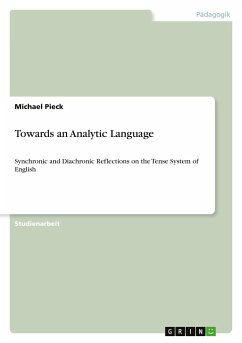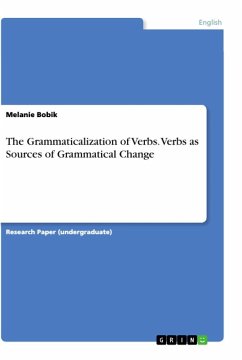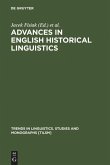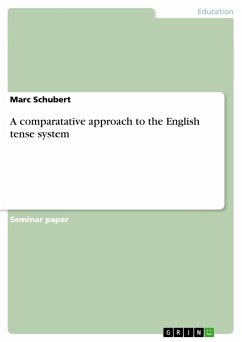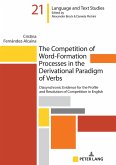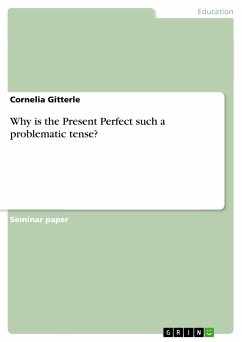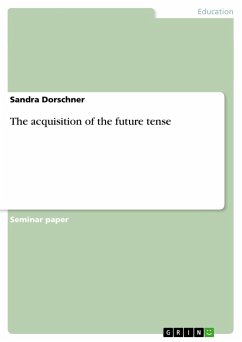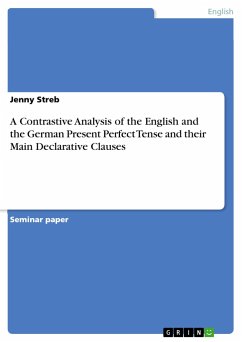Studienarbeit aus dem Jahr 2010 im Fachbereich Englisch - Grammatik, Stil, Arbeitstechnik, einseitig bedruckt, Note: 1,3, Universität zu Köln, Veranstaltung: English Grammar: Synchronic and Diachronic Aspects, Sprache: Deutsch, Abstract: The terms synthetic language and analytic language in connection with linguistic typo?logy have become commonplaces in contemporary lingusitics. They refer to morphological or rather morpho-syntactic characteristics of languages. Whereas analytic languages have very few affixes (for example, Modern English), synthetic languages have many (for example, Latin, Old English). (O Grady et al. 1997: 334) Using the quantifiers very few and many , this definition by O Grady et al. shows that it might be problematic to speak about synthetic and analytic languages as fixed or closed categories in a structuralist way. They rather denote prototypical categories or general tendencies, as there is hardly any language which entirely belongs to one or the other category. Even a prototypically analytic language like Present-Day English (PDE) has both grammaticalized synthetic elements and tendencies towards new syntheticity, as O Grady et al. or Danchev have shown. In a synthetic language, four lexiacal categories are usually concerned with inflectio?n: verbs, nouns, pronouns and adjectives. Since Old English, the earliest stage of the English language, the inflectional system has continuously been reduced, and in PDE most grammatical relations are expressed through analytic constructions. The tense system of Old English consisted of two morphologically marked tenses, the present and the preterite. Futurity could be expressed through futurate constructions employing present tense or, rarely, be supported by a certain set of lexical verbs functioning as auxiliaries without losing their lexical meaning, e.g. willan = to want, or sculan = must. These verbs were, unlike today, fully inflected. ( )This paper will show that the decline of the inflectional system made it quasi necessary to create and strengthen analytic verb forms and finally grammaticalize them. The outcome of this process is the great variety of ways to express temporal relationships and aspects, as we have them in Present-Day English. The fundament of the English language may remain synthetic, however, the construction above is clearly analytic.
Hinweis: Dieser Artikel kann nur an eine deutsche Lieferadresse ausgeliefert werden.
Hinweis: Dieser Artikel kann nur an eine deutsche Lieferadresse ausgeliefert werden.

